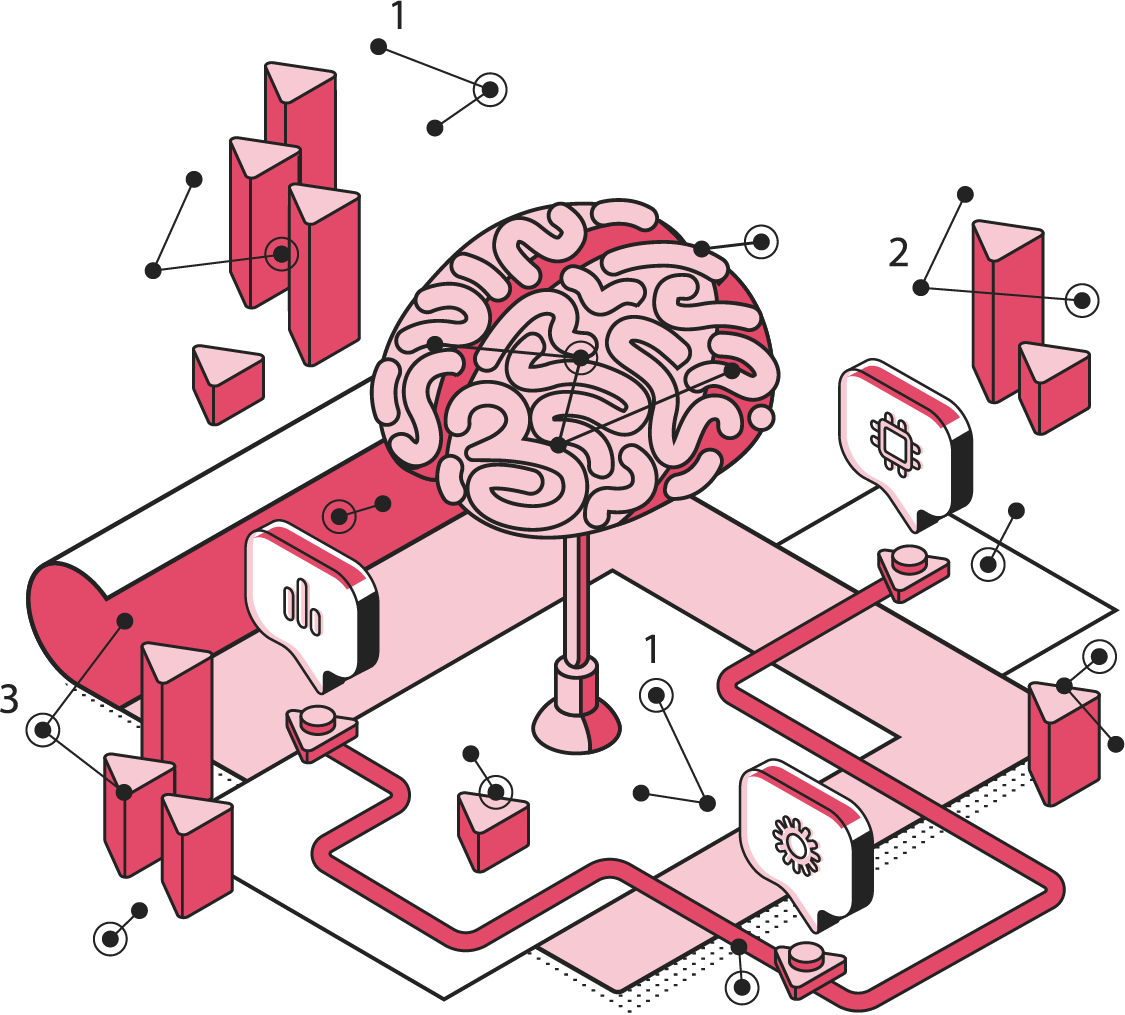Back
11 Structural Reasons why MLMS projects fail
MLMS is an area where the in-house community is attaching great hopes for tech-led interventions that will deliver huge operational efficiencies.
• 30 Jun 23

Matter Lifecycle Management Systems (“MLMS”) is a key area where the in-house community is attaching great hopes for tech-led interventions that will deliver huge operational efficiencies.
Never has a silver bullet seemed so shiny, so well-polished, and so ready to fix so many items on the in-house counsel’s “to-do list” with a single implementation.
REALITY CHECK: few implementations, if any, will achieve such outcomes for your in-house legal team. If you think anything else – then you are in for a prolonged period of disappointment.
The reality is that almost all in-house legal teams have not yet developed truly institutionalized approval and matter management processes, and until they do MLMS automation is a “pipe dream”.
A core GLS principle is that the key enabler for legal tech implementations is your pre-mobilization efforts. These efforts will define whether you “Are ready to make this tech work?”
In this Blog, we flag 11 reasons why most in-house legal teams are simply not ready for MLMS or even, contract lifecycle managements system (“CLMS”) implementations.
Top 11 Reasons for MLMS failure
Our goal in this Blog is to flag up those issues that are extremely hard to correct once they arise, as they create structural issues that are hard to remove, even with additional budget.
The idea being that your implementation planning should ensure that you avoid these issues entirely – rather than trying to correct them once they’ve arrived.
For example, you will note that we have left issues like “training” off our Top 11 list. Training is important but if you do mess it up, it is something that you can correct at a later date by throwing money at to get it right – you can buy a “course correction”.
So consider yourself forewarned about the potential implications of the following issues:
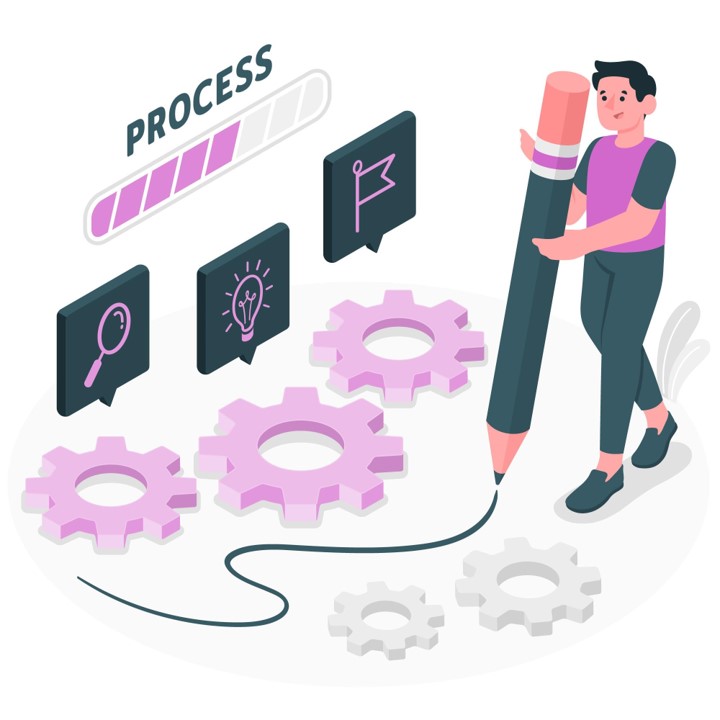 1) Poor Process Definition:
1) Poor Process Definition:
Very few in-house teams have adopted a properly defined and optimised matter management lifecycle process.
Some teams might claim to have, but rarely do we see it to be the case – as defined by reference to proper Project Management and Legal Process Management principles.
Without this – you are approaching MLMS implementation with a blindfold on – you are totally in the dark as to what system support, features and functionality you need.
2) Process Related Infrastructure:
Your MLMS system is going to host and utilise the standardised process infrastructure (forms, templates, clauses, records, etc) which themselves, need to be optimised.
Many teams fail to have this infrastructure ready prior to starting a MLMS implementation.
Whilst it can be developed, the associated work effort versus the temptation to cut corners frequently lead to sub-optimal results.
3) Collecting User Feedback:
Related to the above, but a distinct challenge, consulting the internal ecosystem (internal users, cross-functional stakeholders, etc) is both a necessity and a hugely time-consuming task.
The larger your ecosystem, the more challenges that you are likely to encounter. Not drawing limits on the feedback, you collect can overwhelm your MLMS project. Think – “too many chefs!”
Anything less than perfect corporate communications and change-management practices in this workstream will substantially increase the work effort and emotional burden of the MLMS project.
4) Work Effort Underestimated:
The work effort to catch up, back fill, re-do, and deal with the unexpected, etc., can increase the required legal team effort, in many cases, up to 10-fold.
Even worse, to preserve internal team time/focus, such tasks are often pushed out to external program implementors resulting in a massive cost overrun.

5) Legacy Data Migration:
Moving data from legacy systems to the new system is a time-consuming and perilous journey tip – where one wrong move can result in the house tumbling down.
Legal teams often fail to appreciate how much time and cost is required to merely transfer meta-data from 1 system to another.
As such, a well thought out, tested, confirmed and safe data migration strategy is mission critical. You cannot “skimp” on this phase of the project.
6) Provider Solution Prevails:
There is a temptation by in-house teams to think that the provider’s MLMS solution MUST be better than what we currently have, and that it must represent the better way of doing things.
Nothing could be further from the truth. It is perilous to think that the provider’s MLMS solution is automatically the best solution for your unique corporate ecosystems.
MLMS systems have come a long way but, in our view, they only really excel at the matter execution and performance stages. Improvements are still needed at the intake and review stages.
This failure is also known as “buying solution features” as opposed to “sourcing your support solution”. You need to know your requirements and find a solution provider that can meet them.
7) Customization Curse:
 “Out of the box” solutions are good at doing what was advertised on the box. The moment you start asking for system “customization” you need to understand you are materially increasing your chances of encountering a problem.
“Out of the box” solutions are good at doing what was advertised on the box. The moment you start asking for system “customization” you need to understand you are materially increasing your chances of encountering a problem.
Whilst some customization can be accommodated, it should be on a truly exceptional basis.
If you need extensive customizations then it is because you have sourced the wrong MLMS solution and/or are failing to appreciate that the limitations associated with your current MLMS solution.
Customizations are expensive, hard to support, limits your future options and have a “poor track record” in terms of desired outcomes.
8) Lack of Executive Support:
A lack of executive support, is a regular cause of corporate implementation failures.
If the executive(s) do not support your MLMS project by not understanding the work effort, budgetary requirements and the importance of related culture change– your project will likely flounder.
Unfortunately, these are not corners that can be cut. Your executive must be “eyes wide open” about what it takes to be successful if they are to avoid the risks of a large clean-up / swap out bill.
A point to note though, it is for the project implementing team to make the Executive aware of the attendant risk/reward issues of the MLMS project.
9) Skipping The “Off System” Stage:
This is a theme that has pervasive implications for everything else on this list!
An optimised MLMS is something that can absolutely be created entirely “off system” – i.e. without dedicated MLMS software.
With Word and Excel (housed in SharePoint or any centralised server), you can develop a robust MLMS protocol that will serve most in-house legal teams well.
The key point here is that by achieving an optimal off-system process you can materially mitigate all of the challenges posed by this list – without the complexity, distraction and cost of a new system.
In the off-system context, your focus is 100% fixated on the underlying process that you ultimately want the MLMS system to force multiply. Off-system is the place to get things right.
10) Failed Piloting Phase:
Even with well-sourced and calibrated solutions – defeat can still be snatched from the jaws of victory by a poorly run implementation/pilot phase. 
Each MLMS needs to go through a rigorous pilot phase where a team of dedicated users try to actively “break” the system.
During this phase you want to try and “prove that it does not work” – to battle test it and ensure that you have forced as many of the system’s/process’s bugs to the surface as you come.
Piloting is clearly very important, but only some approach it on the basis that they are trying to prove that the system does not work.
If you get through this kind of piloting correctly, you will greatly increase the chances that the MLMS is happily adopted by the general user pool.
11) A Smorgasbord of Other Issues:
For completeness, additional commonly cited causes for sub-optimal MLMS/CLMS implementations include:
Poor User Consultation: a failure to involve users in the sourcing/implementation process – a key source of poor user adoption.
Excessive User Consulting: if you engage in too much user consultation the process will simply drag on forever (and it frequently does!).
Poor Change Management: speaks for itself – this is a major cause of failure for many corporate implementation initiatives.
Insufficient Customizability: this does not cut across Point 7 above– there will always be some basic customization required.
Poor Interoperability: each organization has its own unique tech-stack that the MLMS may need to integrate with. Some solutions are more limited than others in this regard.
Unrealistic Timelines: we all know the challenges associated with the “hurry up and wait” corporate tendency.
Feature Overdose: the in-house team tries to implement far too many features on Day 1. This places unsustainable pressure on the implementation team.
Security & Privacy Shortcomings: the system fails to deliver the necessary infrastructure to manage your organization's security and privacy concerns.
Lack of MLMS Expertise: the lack of an independent voice to help guide the in-house team through the process and moderate vendor hubristic claims.
Inadequate Training & Support: users need a substantial period post going live, where the system will continue to be supported to help users master the basics.
Concluding Thoughts:
The MLMS system can be a great win for an in-house legal team as it offers great:
centralized storage, streamlined collaboration, and workflow automation for efficient legal matter management;
accessibility, coordination, and productivity by providing a shared platform to track and update matter progress; and
reporting and analytics capabilities, which in turn can enable informed decision-making, cost management, and optimization of legal processes.
Unfortunately, few MLMS implementations run a smooth course for the reasons set out in this Blog.
In our future Blogs, we will start to call out the factors that we see as being critical to MLMS or CLMS implementation success and share them with the GLS Legal Operations Community.
Ready To Transform Your Legal Team?
Please check out the GLS solutions and know-how resources listed on the right side of this page – they might assist your legal team with the issues explored in this Blog.
© The GLS Group - Law Rewritten

The GLS Legal Operations Centre
Register to access your complimentary Day 1 Resource Stack packed with legal team performance resources.
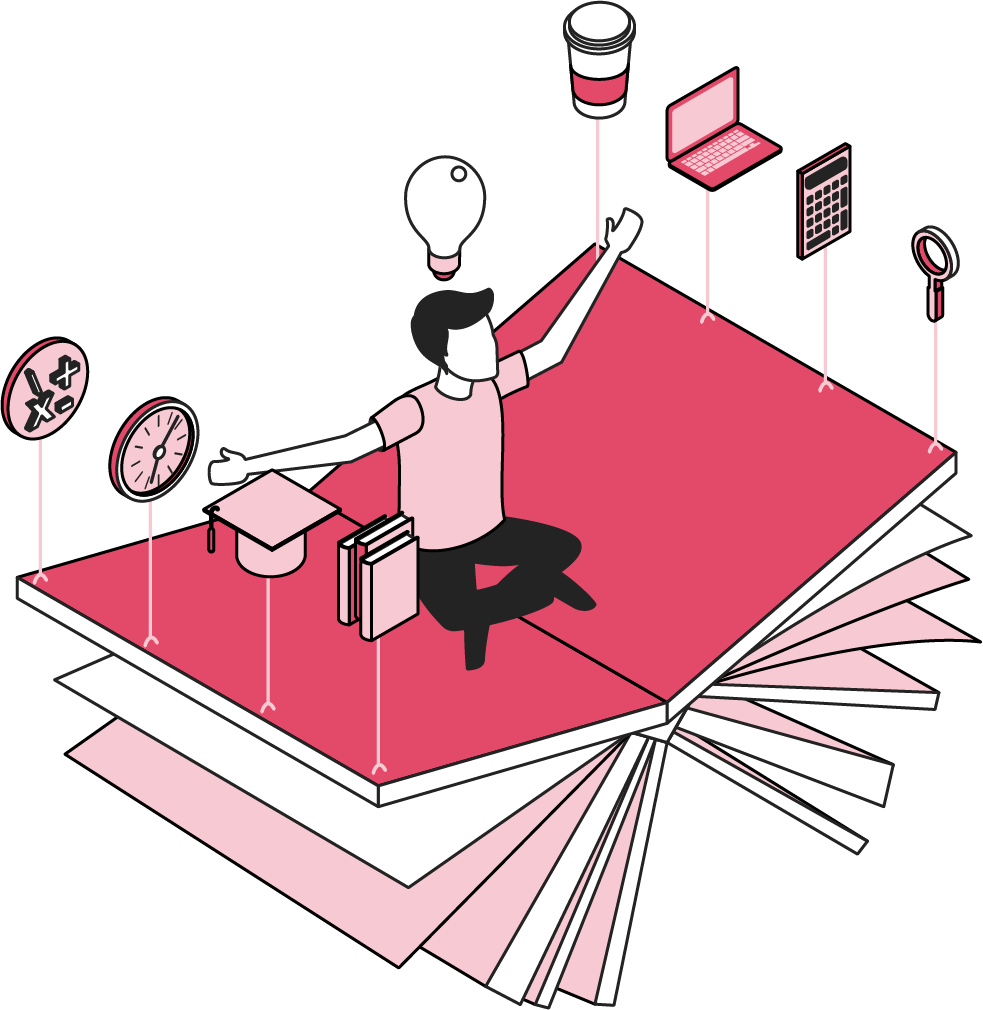
GLS Ultimate Guide To Legal Operations
Download this and read it thoroughly and regularly. It is a wonderful transformation companion.
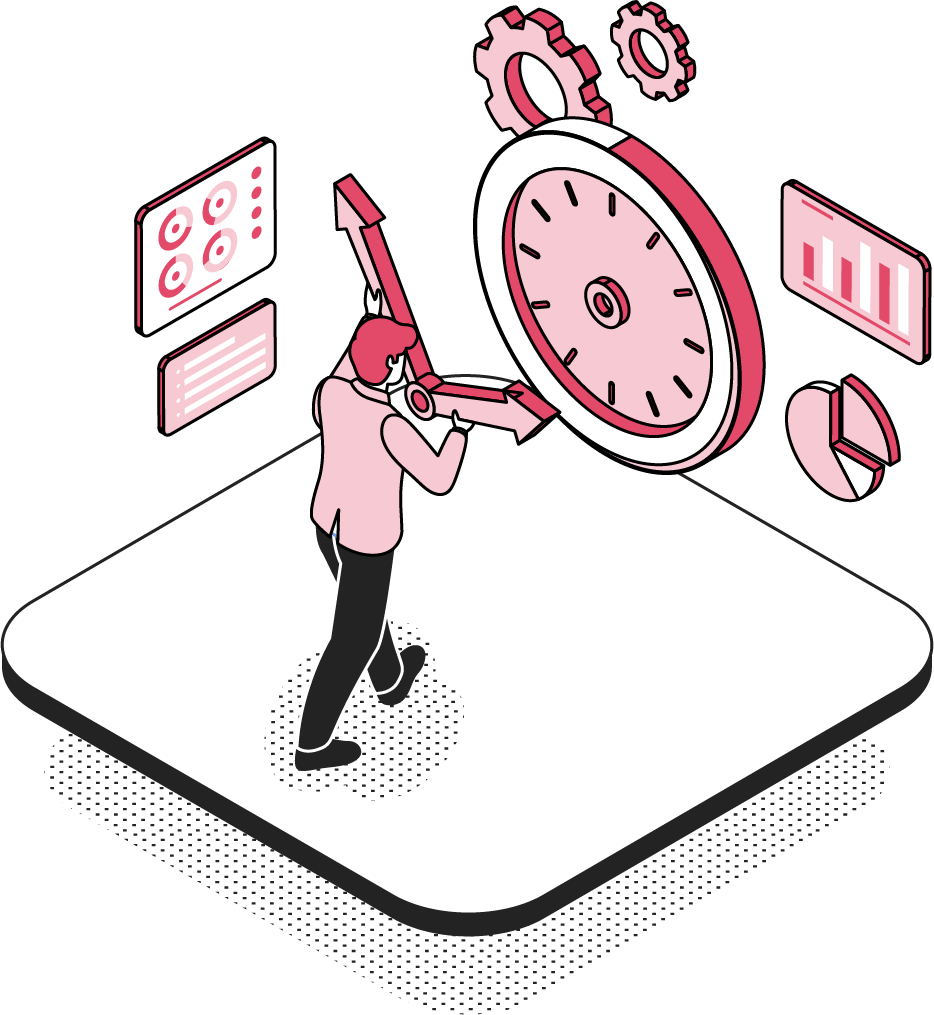
Book A No-Obligation Consultation
If you would like discuss your legal transformation needs, please book a 30 minute free consultation with us.
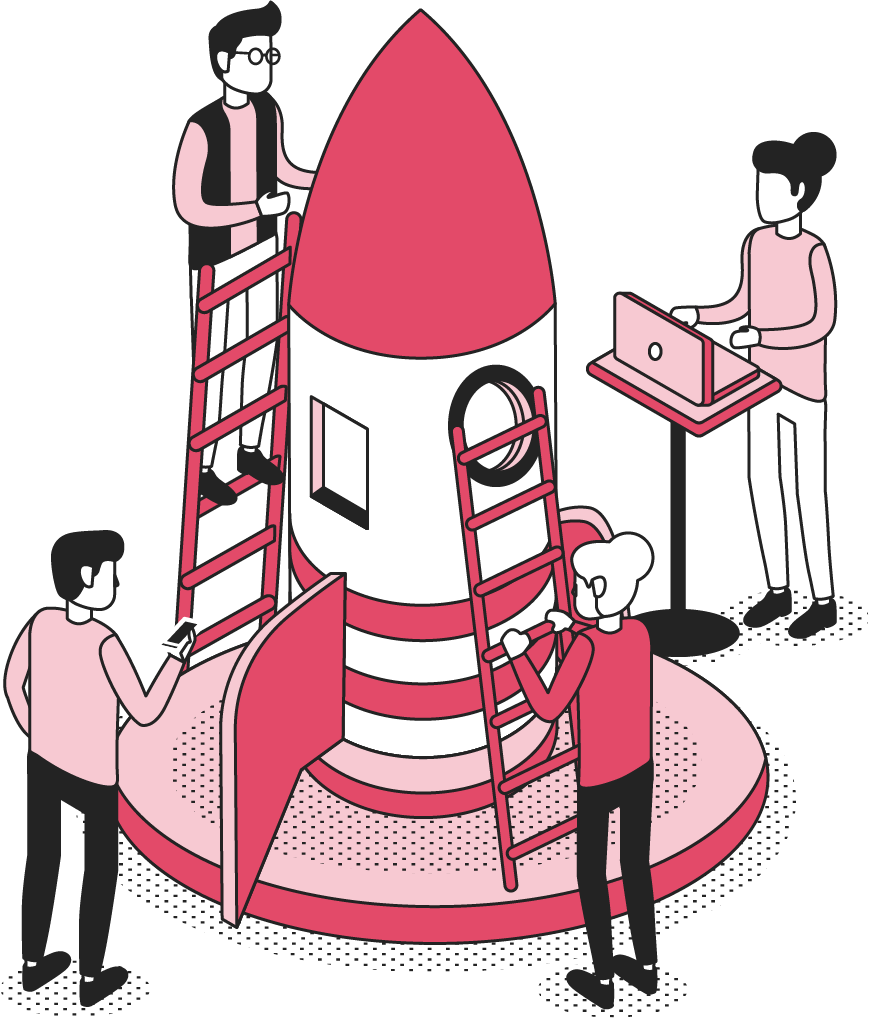
GLS Legal Transformation Boot Camp
Our hugely successful, 10-week long, email-based boot camp on how to effectively transform your legal team.
